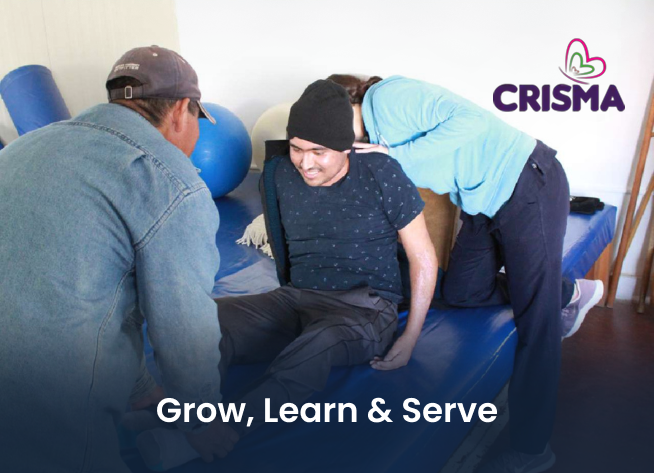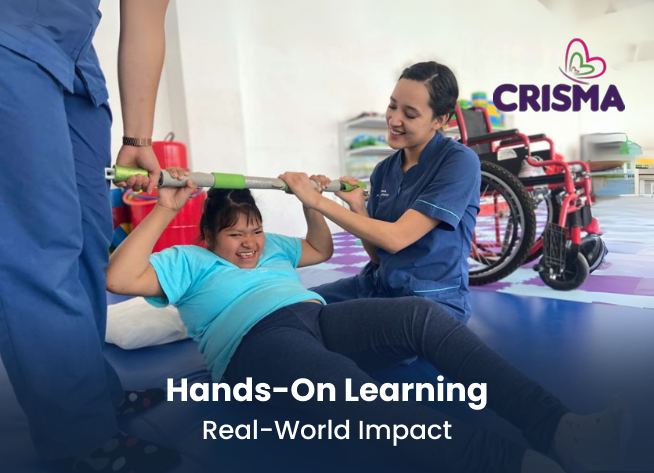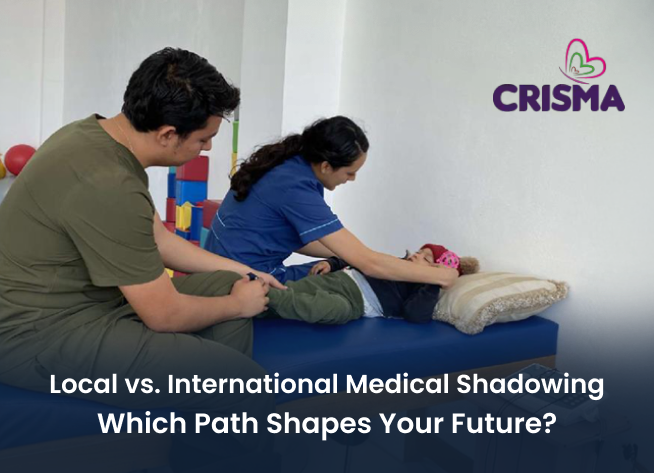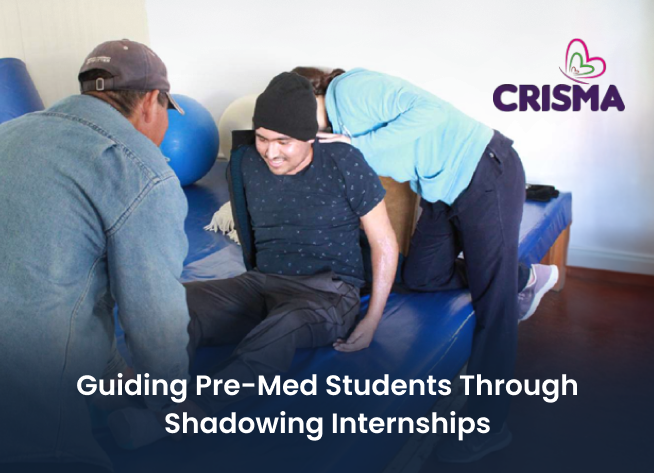Why Physical Therapy Internships for Undergraduates Are Essential
Entering the world of healthcare is both exciting and challenging, especially for students aspiring to become physical therapists. While classroom learning provides the foundation, nothing compares to hands-on experience. This is where physical therapy internships come in, offering undergraduates the chance to gain valuable exposure, build skills, and deepen their passion for helping others.
The Value of Real-World Experience
Undergraduate students often find themselves eager to put theory into practice. Physical therapy internships for undergraduates bridge the gap between academic study and professional application. They allow students to step into clinical environments, observe patient care firsthand, and assist licensed therapists with supervised tasks.
Such opportunities not only reinforce what students learn in textbooks but also nurture empathy, patience, and communication – qualities essential to becoming an effective healthcare provider.
Learning Beyond the Classroom
Healthcare is about more than procedures and protocols. Internships provide a chance to understand the human side of medicine. Through physical therapy student internships, undergraduates interact with patients, see progress unfold, and witness how small improvements can transform lives.
These experiences often inspire a deeper commitment to the field, shaping students into compassionate professionals who value every step of a patient’s recovery journey.
Building Skills That Last a Lifetime
Whether assisting with therapeutic exercises, observing rehabilitation techniques, or supporting patient education, internships are rich with learning moments. The skills developed, such as critical thinking, adaptability, and problem-solving, extend beyond the clinic and prepare students for the demanding nature of healthcare work.
For many, a medical student internship or broader medical internship experience can confirm career choices or open new doors within the healthcare sector.
The Global Perspective
In today’s interconnected world, students increasingly seek physical therapy internships abroad. These programs not only enhance clinical exposure but also immerse students in different cultures, healthcare systems, and patient populations. Such experiences broaden horizons, teaching adaptability and cultural sensitivity – traits that are highly valued in modern healthcare.
Preparing for a Career in Healthcare
Undergraduates who complete internships enter graduate programs or professional roles with greater confidence and competence. They stand out in applications, interviews, and clinical rotations because they already understand the rhythm of patient care and the responsibility that comes with it.
More importantly, they carry with them the humility that comes from serving others and the resilience that develops when challenges arise.
CRISMA: A Pathway to Growth and Purpose

Pursuing physical therapy internships as an undergraduate is more than a résumé booster – it is a journey of personal and professional growth. It is a chance to learn, serve, and grow into a compassionate healthcare professional ready to make a difference.
For undergraduates who are seeking this vital step, CRISMA’s Physical Therapy Internship program offers meaningful opportunities to gain the crucial experience required for any healthcare career. Contact us today to learn more and take the next step in your journey toward helping others heal.
FAQs
Why are physical therapy internships important for undergraduates?
Physical therapy internships give undergraduates hands-on experience that cannot be gained in a classroom. They allow students to observe real patient care, practice basic clinical skills under supervision, and build essential traits like empathy, communication, and adaptability. These experiences prepare students to succeed in advanced programs and future healthcare careers.
How do physical therapy internships for undergraduates differ from classroom learning?
Classroom learning provides theoretical knowledge, but internships bring that knowledge to life. During a physical therapist internship, students see how rehabilitation techniques work in practice, interact with patients, and understand the challenges and rewards of healthcare. This balance of theory and practice helps undergraduates grow into well-rounded, compassionate professionals.
What skills can students gain from physical therapy student internships?
Students gain both clinical and personal skills. Clinically, they may assist with therapeutic exercises, observe treatment plans, and learn about patient progress tracking. On a personal level, they develop critical thinking, problem-solving, cultural sensitivity, and patience. These transferable skills serve them well in any healthcare or medical setting.
Are physical therapy internships abroad beneficial?
Yes. Physical therapy internships abroad expose students to diverse patient populations, healthcare systems, and cultural approaches to care. This global perspective teaches adaptability and cultural awareness, qualities that are highly valued in healthcare. Such opportunities also deepen personal growth by challenging students to step outside of their comfort zones.
How can internships prepare undergraduates for healthcare careers?
By participating in medical student internships and physical therapy placements, undergraduates gain confidence, practical experience, and a clearer sense of professional direction. Internships help students stand out when applying to graduate programs, provide insight into the daily responsibilities of a healthcare provider, and build the resilience needed to thrive in demanding medical careers.



